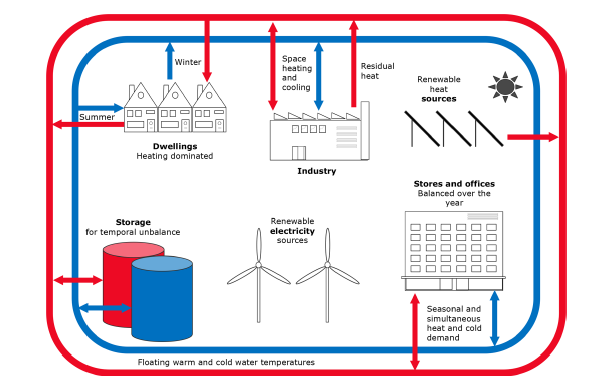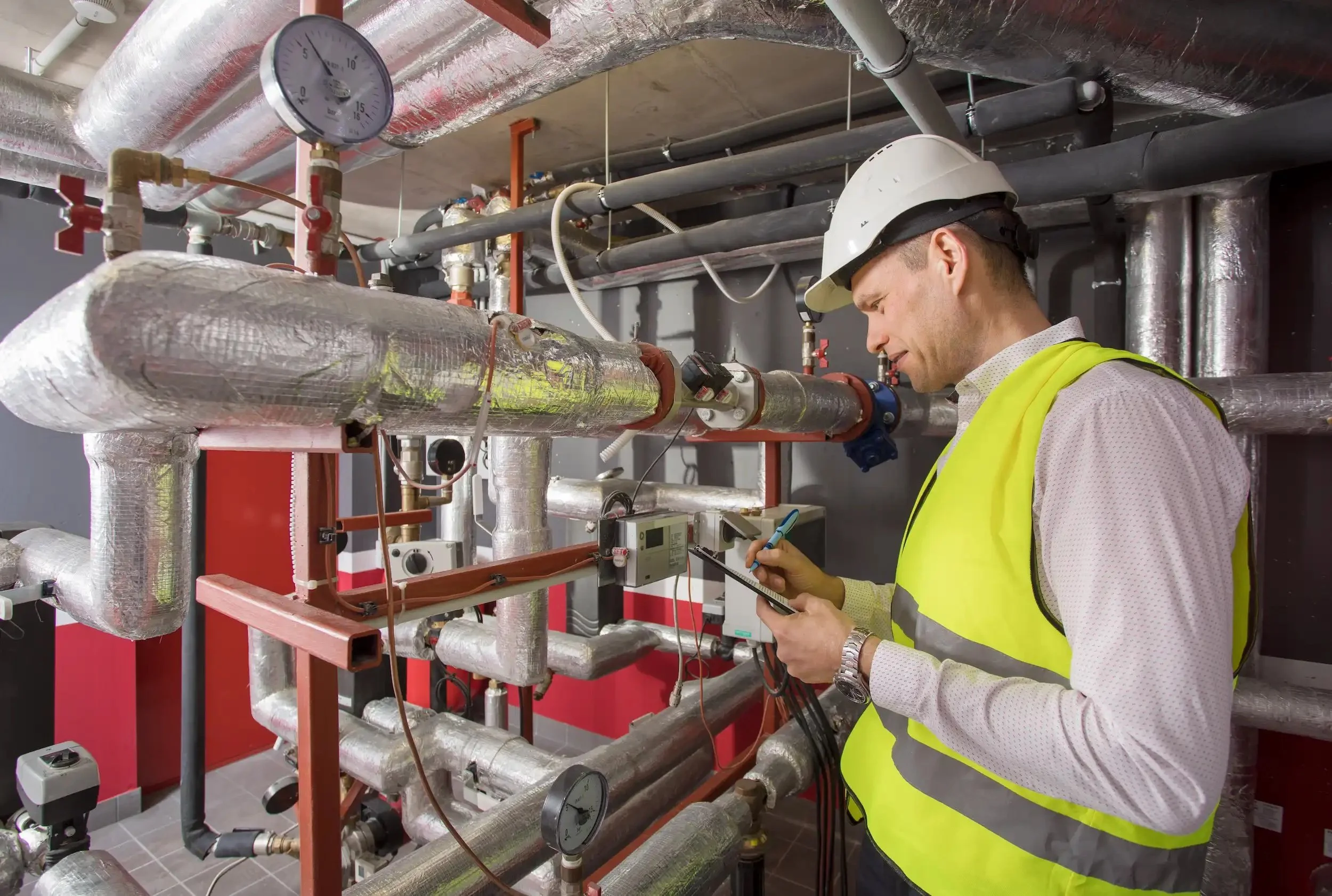
By Design Tech Solutions — Engineering Efficient, Long-Lasting District Heating Systems
Introduction: Why Pipe & Insulation Innovation Matters
Pipes are the backbone of any district heating system — but not all pipework is created equal. With growing pressure to improve thermal efficiency and reduce carbon impact, innovation in piping and insulation is playing a central role in future-ready heat network design.
At DTS, we stay on top of the latest developments in pre-insulated pipe systems, flexible polymers, and low-loss insulation, helping our clients improve performance, simplify installation, and future-proof their networks.
What’s Changing in Pipe & Insulation Technology?
New Core Materials
High-performance plastics and composite layers now offer flexibility, durability, and long service life — ideal for tight or retrofit routes.
Improved Insulation Foams
Next-gen PUR and PE-X foams dramatically reduce heat loss and can be tailored to specific temperature profiles.
Mechanical Joint Systems
Modern fittings reduce on-site welding, speed up installs, and improve future maintenance access.
Fire & Moisture Protection
Enhanced jacketing and barrier systems reduce condensation and improve fire performance in risers and plant rooms.
Modular Pre-Fabrication
Pre-insulated pipe kits (e.g. elbows, branches) are now available off the shelf, reducing site time and waste.
Design Considerations for Pipework Innovation
When specifying pipe systems, we help clients assess:
Operating temperature and pressure
Thermal losses and energy efficiency
Moisture protection and groundwater resistance
Installation method (direct bury, risers, suspended)
Embodied carbon and end-of-life recyclability
Warranty, supplier support, and service life
Our goal is to match technical performance with environmental responsibility — while keeping costs and logistics in check.
FAQ
DTS Expertise in Pipe & Insulation Specification
Pre-Insulated Pipe Layouts
We produce detailed plans and sections aligned with supplier recommendations and CP1 standards.Thermal Loss Calculations
We assess the network for insulation performance and advise on payback for upgraded systems.Material Evaluation & Selection
We benchmark manufacturers based on service life, carbon footprint, warranty, and ease of install.Retrofit Routing Support
We help design risers and basement networks that minimise disturbance to existing infrastructure.
Let’s Specify Smarter
Smart pipe design starts with the right materials, layout, and thermal logic. DTS is here to help you build systems that last longer, lose less, and cost less to maintain.
RELATED READS
Explore our detailed guides on designing effective, future-ready district heating systems. Each article is written to help clients, developers, and stakeholders understand what great network design looks like in practice.







